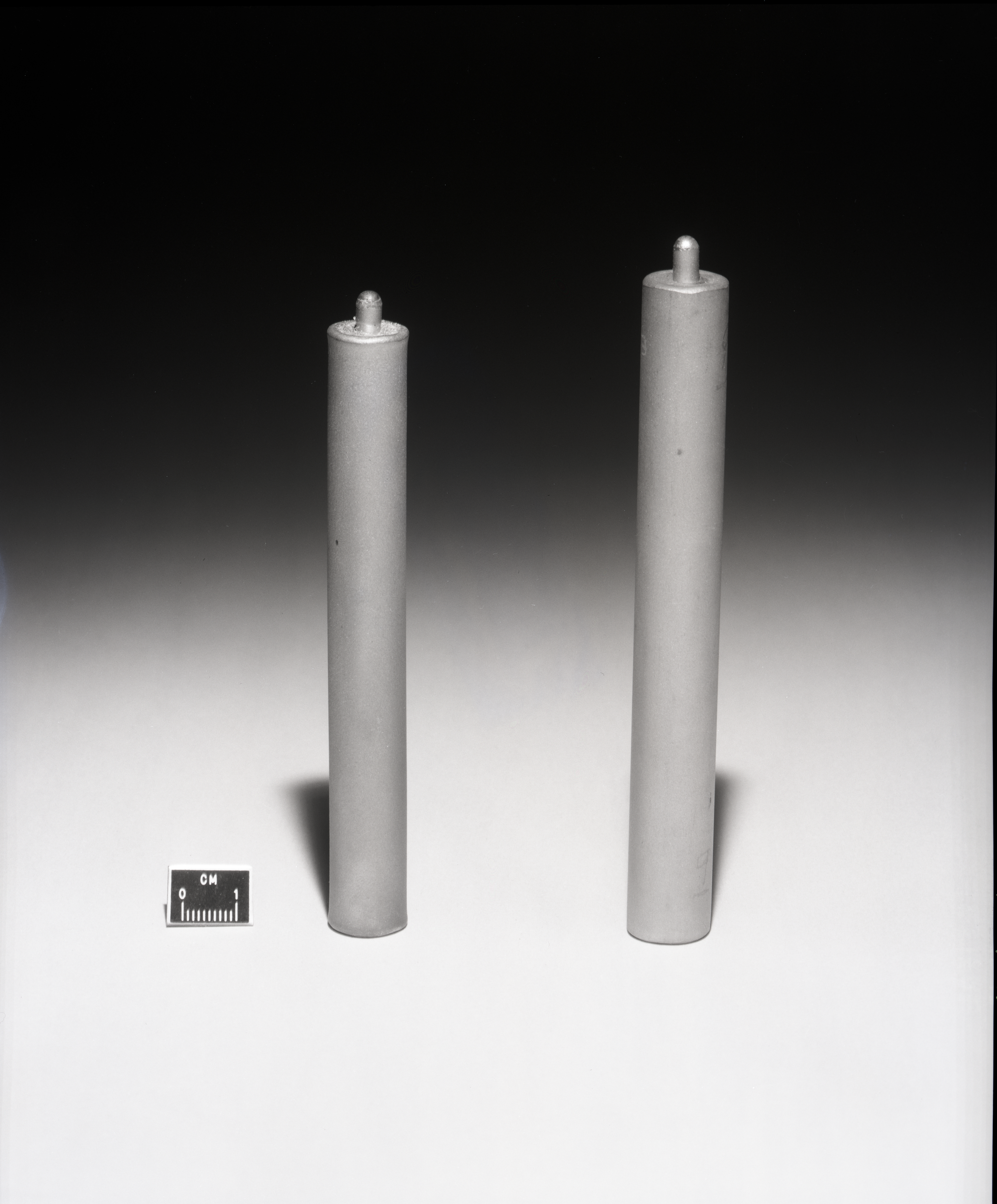Hot Isostatic Pressing on:
[Wikipedia]
[Google]
[Amazon]
 Hot isostatic pressing (HIP) is a
Hot isostatic pressing (HIP) is a
European Powder Metallurgy Association (EPMA) - Hot Isostatic Pressing
EPMA HIP info page Industrial processes Metallurgical processes Metalworking
 Hot isostatic pressing (HIP) is a
Hot isostatic pressing (HIP) is a manufacturing
Manufacturing is the creation or production of goods with the help of equipment, labor, machines, tools, and chemical or biological processing or formulation. It is the essence of the
secondary sector of the economy. The term may refer ...
process, used to reduce the porosity of metal
A metal () is a material that, when polished or fractured, shows a lustrous appearance, and conducts electrical resistivity and conductivity, electricity and thermal conductivity, heat relatively well. These properties are all associated wit ...
s and increase the density
Density (volumetric mass density or specific mass) is the ratio of a substance's mass to its volume. The symbol most often used for density is ''ρ'' (the lower case Greek letter rho), although the Latin letter ''D'' (or ''d'') can also be u ...
of many ceramic
A ceramic is any of the various hard, brittle, heat-resistant, and corrosion-resistant materials made by shaping and then firing an inorganic, nonmetallic material, such as clay, at a high temperature. Common examples are earthenware, porcela ...
materials. This improves the material's mechanical properties and workability.
The HIP process subjects a component to both elevated temperature and isostatic gas pressure within a high-pressure containment vessel, unlike the cold isostatic pressing (CIP), where the component is maintained at room temperature. The pressurizing gas most widely used is argon
Argon is a chemical element; it has symbol Ar and atomic number 18. It is in group 18 of the periodic table and is a noble gas. Argon is the third most abundant gas in Earth's atmosphere, at 0.934% (9340 ppmv). It is more than twice as abu ...
. An inert gas is used so that the material does not chemically react. The choice of metal can minimize negative effects of chemical reactions. Nickel, stainless or mild steel, or other metals can be chosen depending on the desired redox
Redox ( , , reduction–oxidation or oxidation–reduction) is a type of chemical reaction in which the oxidation states of the reactants change. Oxidation is the loss of electrons or an increase in the oxidation state, while reduction is t ...
conditions. The chamber is heated, causing the pressure
Pressure (symbol: ''p'' or ''P'') is the force applied perpendicular to the surface of an object per unit area over which that force is distributed. Gauge pressure (also spelled ''gage'' pressure)The preferred spelling varies by country and eve ...
inside the vessel to increase. Many systems use associated gas pumping to achieve the necessary pressure level. Pressure is applied to the material from all directions (hence the term "isostatic").
For processing casting
Casting is a manufacturing process in which a liquid material is usually poured into a mold, which contains a hollow cavity of the desired shape, and then allowed to solidify. The solidified part is also known as a casting, which is ejected or ...
s, metal powders can also be turned to compact solids by this method, the inert gas is applied between and , with being most common. Process soak temperatures range from for aluminium
Aluminium (or aluminum in North American English) is a chemical element; it has chemical symbol, symbol Al and atomic number 13. It has a density lower than that of other common metals, about one-third that of steel. Aluminium has ...
castings to for nickel-based superalloys. When castings are treated with HIP, the simultaneous application of heat and pressure eliminates internal voids and microporosity through a combination of plastic deformation, creep, and diffusion bonding; this process improves fatigue resistance of the component. Primary applications are the reduction of microshrinkage, the consolidation of powder metals, ceramic composites and metal cladding. Hot isostatic pressing is thus also used as part of a sintering
Sintering or frittage is the process of compacting and forming a solid mass of material by pressure or heat without melting it to the point of liquefaction. Sintering happens as part of a manufacturing process used with metals, ceramics, plas ...
( powder metallurgy) process and for fabrication of metal matrix composites,
often being used for postprocessing in additive manufacturing.
The process can be used to produce waste form classes. Calcined radioactive waste (waste with additives) is packed into a thin walled metal canister. The adsorbed gases are removed with high heat and the remaining material compressed to full density using argon gas during the heat cycle. This process can shrink steel canisters to minimize space in disposal containers and during transport. It was invented in the 1950s at the Battelle Memorial Institute and has been used to prepare nuclear fuel
Nuclear fuel refers to any substance, typically fissile material, which is used by nuclear power stations or other atomic nucleus, nuclear devices to generate energy.
Oxide fuel
For fission reactors, the fuel (typically based on uranium) is ...
for submarines
A submarine (often shortened to sub) is a watercraft capable of independent operation underwater. (It differs from a submersible, which has more limited underwater capability.) The term "submarine" is also sometimes used historically or info ...
since the 1960s. It is used to prepare inactive ceramics as well, and the Idaho National Laboratory has validated it for the consolidation of radioactive ceramic waste forms. ANSTO (Australian Nuclear Science and Technology Organisation) is using HIP as part of a process to immobilize waste radionuclides from molybdenum-99 production.
References
{{ReflistExternal links
European Powder Metallurgy Association (EPMA) - Hot Isostatic Pressing
EPMA HIP info page Industrial processes Metallurgical processes Metalworking